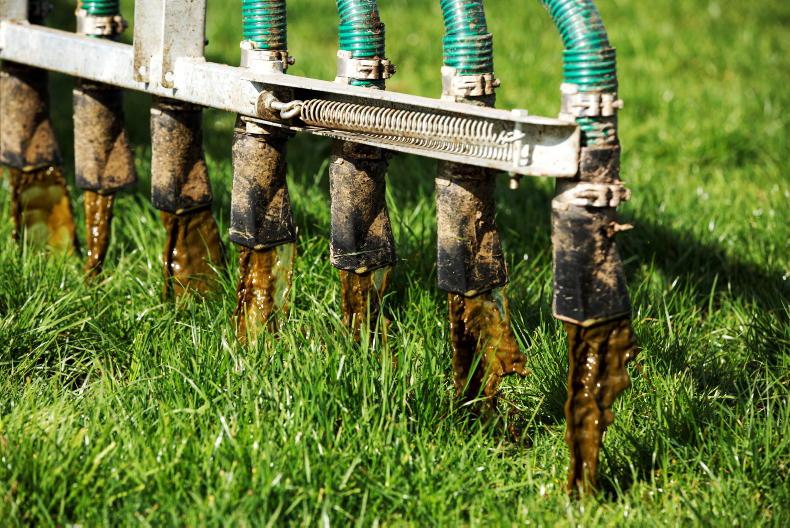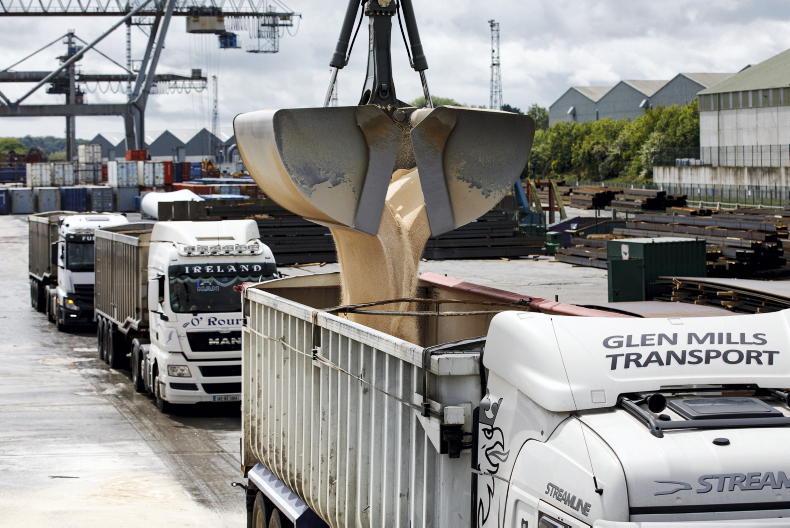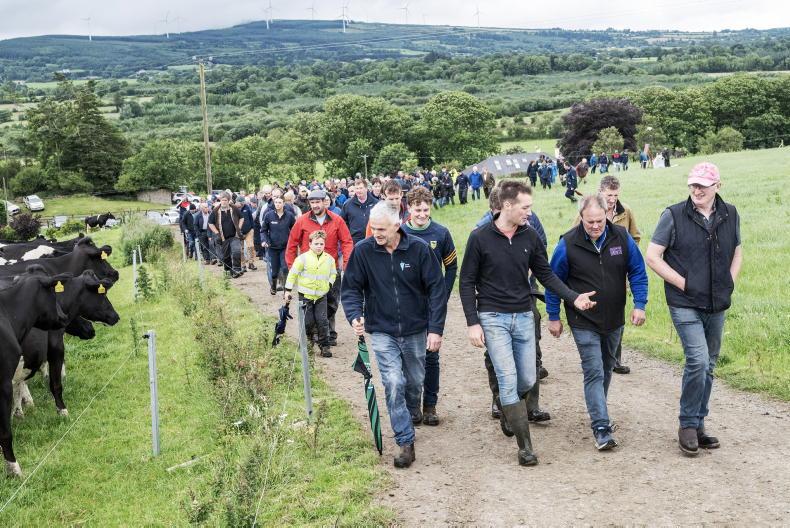The Environmental Protection Agency (EPA) has said that ammonia emissions have been non-compliant for seven out of the last nine years and that this “is driven by growth of the agriculture sector”.
However, abatement measures are working and the organisation also stated that Ireland "can achieve compliance with the 2030 ceiling for ammonia through full implementation of planned ammonia reduction measures”.
The full report, published on 3 June, assessed compliance for emissions of five key air pollutants, including ammonia, non-methane volatile organic compounds, sulphur dioxide, nitrous oxides and fine particulate matter (PM2.5).
These emissions are subject to emissions ceilings under the EU national emissions ceiling (NEC) directive.
Ammonia emissions decrease in 2019
Ammonia emissions decreased in 2019, but were still non-compliant with this ceiling in seven of the past nine years.
The EPA stated that agriculture dominates ammonia emissions, accounting for 99% of the gas.
These emissions mainly come from slurry and artificial nitrogen fertiliser.
The EPA did comment positively on agriculture, noting that approximately 16% of slurry was applied with low emissions slurry spreading (LESS) equipment for the period, resulting in 3,000t less ammonia emissions in the atmosphere.
Protected nitrogen also tripled in use during 2019. The remaining four gases listed above all declined in 2019.
It is encouraging to see ammonia emissions beginning to be addressed at farm level
Director of the EPA’s office of environmental sustainability Sharon Finegan stated: “Emissions of all air pollutants need to reduce further to protect air quality and health, and achieve compliance with EU emissions limits.
"The national clean air strategy, which is currently being finalised, needs to set out the proposed measures to reduce emissions.
“It is encouraging to see ammonia emissions beginning to be addressed at farm level.
"The assessment shows that Ireland can comply with the 2030 ammonia ceiling, but this requires full implementation of measures in the Department of Agriculture’s ag climatise strategy and the national air pollution control programme.”










SHARING OPTIONS